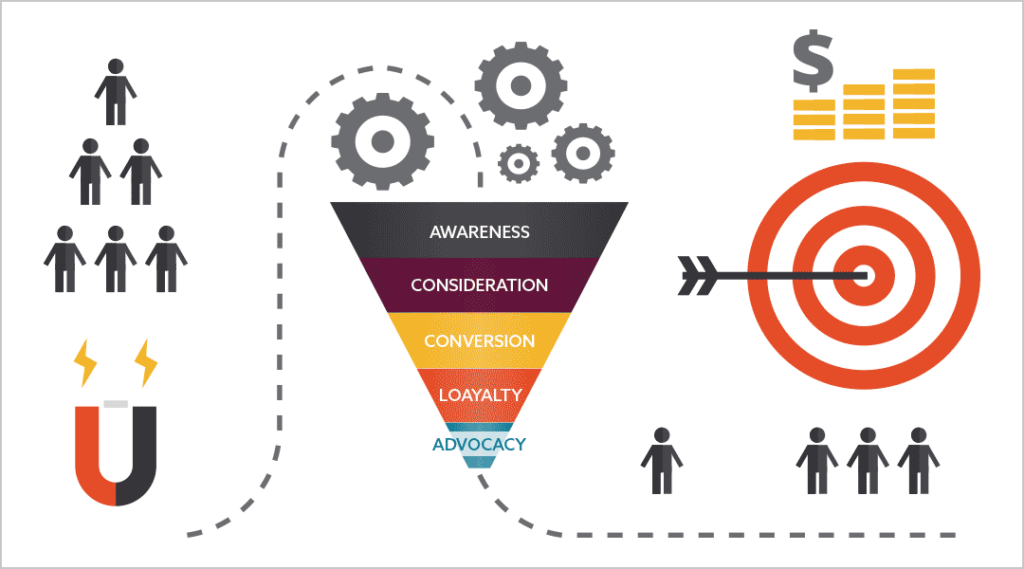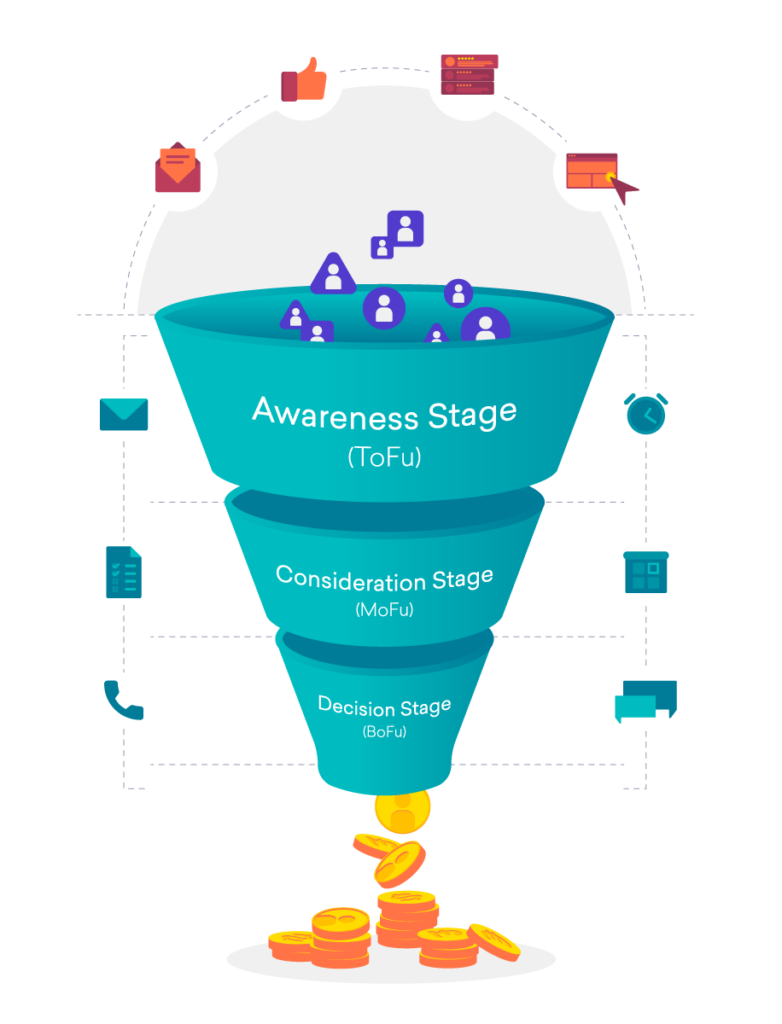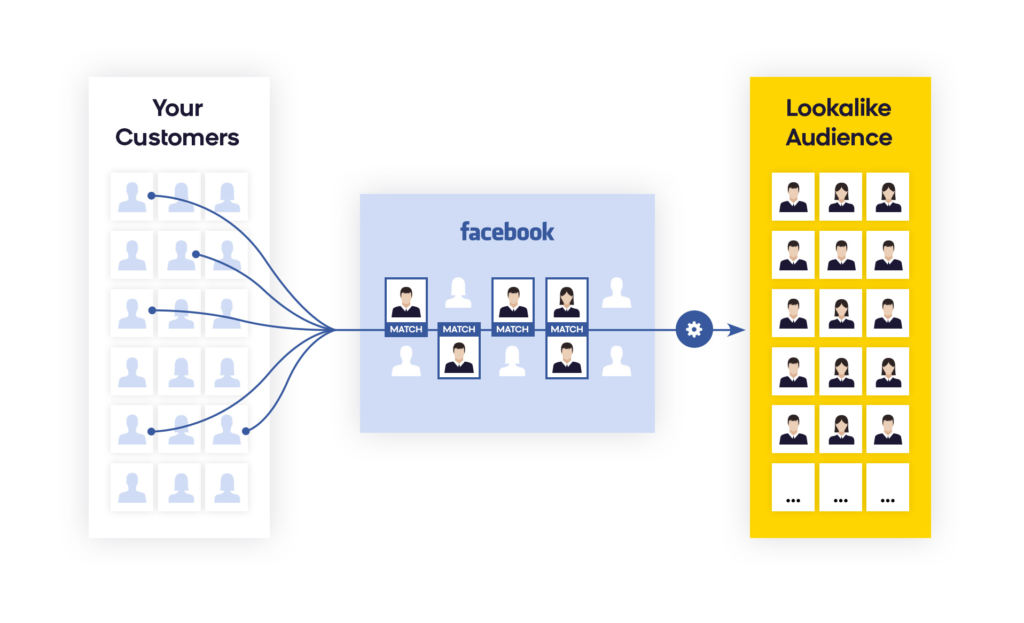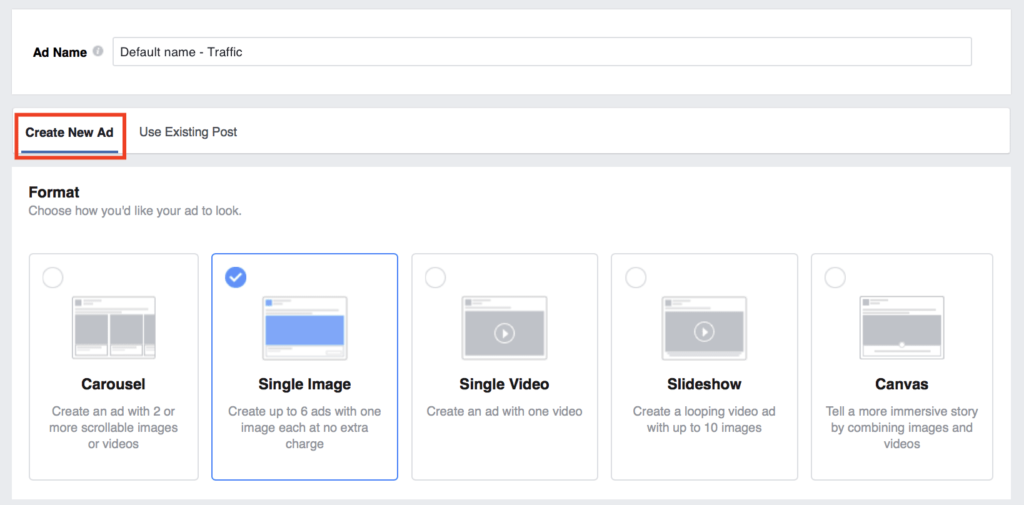In a world where online shopping has become the norm, reaching your target audience effectively has never been more crucial for e-commerce success. That’s where the undeniable power of Facebook Ads comes into play.
This digital marketing powerhouse offers you the tools to put your beauty products in front of the right people at the right time, and in this blog post, we’re diving deep into the strategies that can supercharge your e-commerce game.
But wait, it gets better. We’re not just talking about any old ad campaign here. We’re talking about a carefully structured funnel approach that takes your audience on a journey from discovering your products to becoming loyal customers.
So, let’s dive into the exciting world of Facebook Ads and unlock the potential that awaits your e-commerce venture.
Why a Funnel Matters:

Suppose, You’ve just launched an enticing line of rejuvenating serums and moisturizers. You’re eager to share your products with the world, but casting a wide net isn’t always the most effective approach.
This is where the funnel strategy comes into play. A funnel tailors your efforts to specific stages of a customer’s decision-making process, maximizing the impact of your Facebook Ads.
By structuring your Facebook Ads campaigns as a funnel, you’re not just throwing your products out into the digital abyss and hoping for the best.
Stages of the Funnel :

1. Top Funnel: Generating Interest and Awareness
At the very top of our funnel, we’re all about casting a wide net to capture the attention of potential customers who might not have heard about your beauty products before. Here, the aim is to generate interest and create brand awareness. We’ll do this through the magic of Lookalike Audiences.
2. Middle Funnel: Nurturing and Engaging
As we move down the funnel, we encounter users who’ve engaged with your brand but haven’t yet made a purchase. This is where we switch from casting a wide net to nurturing these warm leads.
3. Bottom Funnel: Converting Leads into Customers
Congratulations, we’ve arrived at the bottom of the funnel – the conversion zone. Here, the spotlight is on users who’ve shown strong intent to make a purchase.
“Add to Cart,” “Initiate Checkout,” and “Purchase” Audiences.
Top Funnel: Generating Interest and Awareness
Imagine you run an online beauty store called “Glow Haven.” Let’s Create Top Funnel
At the top of your marketing funnel, the focus is on casting a wide net to create awareness and spark interest among potential customers. This stage is crucial because it introduces your brand and products to a larger audience who might not be familiar with you yet.
we’ll explore how to use Lookalike Audiences to reach people similar to your most engaged customers, excluding those who have recently interacted with your website or Instagram.
Understanding Lookalike Audiences:

A Lookalike Audience is a group of users on Facebook who share similarities with your existing customers or a specific audience segment. By targeting Lookalike Audiences, you’re presenting your beauty products to individuals who are more likely to be interested based on their similarities to your current customers.
Here is how to create a Lookalike Audience:
Creating a Lookalike Audience:
Source Audience: Choose your source audience, which can be based on the “Initiate Checkout” and “Customer Purchases” events from your Facebook Pixel data. These are people who have shown a strong intent to purchase.
Audience Size: Select the audience size based on your preference. A larger audience might reach more people, but a smaller one could be more targeted.
Location and Demographics: Choose the location and demographics for your Lookalike Audience. For beauty products, you might want to focus on specific age ranges and gender.
Excluding Recent Interactions:
To avoid showing ads to people who have recently engaged with your website or Instagram, exclude the following:
Individuals who have visited your website in the last 180 days.
Users who have engaged with your Instagram profile or posts.
This approach ensures your ads are seen by potential customers who are more likely to engage and convert.
The top funnel is all about introducing your beauty products to a wider audience and piquing their interest. By leveraging Lookalike Audiences and excluding recent interactions
Middle Funnel: Nurturing and Engaging
By retargeting users who have engaged with your videos, you’re taking advantage of their existing interest and providing additional value, which can significantly impact conversion rates.” — Sarah Rodriguez, Digital Marketing Expert at BeautyBlast
This stage is about reinforcing your brand’s value, building trust, and keeping your products top-of-mind for potential customers. In this section, we’ll explore how to leverage video retargeting to keep your audience engaged and motivated to take the next step.
Returning to our example of “Glow Haven,” you could create a short video showcasing the transformational effects of your beauty products. This video could highlight before-and-after shots, demonstrating the real results customers have experienced.
Harnessing Video Retargeting:
Video content has proven to be an engaging and powerful tool for holding your audience’s attention. By creating compelling videos and targeting those who have previously interacted with your brand,
Types of Audiences for Retargeting:

25% Video View Audience: This audience includes users who have watched at least 25% of your video content. These individuals have shown a higher level of engagement and are more likely to be interested in what you offer.
Website Visitors: Target users who have visited your website but haven’t converted. These users are already familiar with your brand and products.
Crafting Compelling Retargeting Ads:
Retargeting ads should be strategically designed to:
- Remind: Remind users of the benefits and value of your beauty products.
- Reinforce: Reinforce the unique selling points and features of your products.
- Entice: Provide incentives such as limited-time offers, discounts, or free shipping to encourage action.
Frequency and Timing: Be mindful of how often users see retargeting ads. Bombarding them with ads might lead to ad fatigue and a negative user experience.
By implementing retargeting effectively, you’re enhancing your chances of turning interested leads into loyal customers.
In the next section, we’ll delve into the bottom funnel, where the focus is on making the final push for conversions through targeted ads and exclusions.
Bottom of the Funnel: Enhancing Conversions for FB Ads
At the bottom of your marketing funnel, the focus is on converting interested leads into paying customers. This is the final push to persuade potential buyers to take action. In this section.
For “Glow Haven,” let’s say a user added a popular skincare product to their cart but didn’t complete the purchase. Your ad could display that exact product along with a message like, “Complete Your Purchase Now and Get 15% Off!” This addresses their interest and hesitation simultaneously, potentially leading to an immediate purchase.
Creating Conversion-Boosting Ads:
Ads at this stage should be tailored to users who are already familiar with your brand and have expressed interest in your products.
Targeting Specific Audiences:
Catalog or Product Page Ads: Showcase specific beauty products that users have shown interest in. Use high-quality images and compelling descriptions.
“Add to Cart” Audience: Target users who have added products to their carts but haven’t completed the purchase. These users are close to converting and need an extra push.
“Initiate Checkout” Audience: Focus on users who have initiated the checkout process but haven’t completed it. Offer incentives like free shipping or a limited-time discount.
Customers/Purchases: Tailor ads to customers who have already made a purchase. Upsell complementary products or offer loyalty rewards.
Leveraging Exclusions for Precision:
Exclude users who have already made a purchase. There’s no need to continue showing ads to customers who have already converted.
Creating Urgency and Scarcity:
Incorporate phrases like “Limited Time Offer” or “While Supplies Last” to create a sense of urgency.
Creating Urgency and Scarcity:
Incorporate phrases like “Limited Time Offer” or “While Supplies Last” to create a sense of urgency. People are more likely to take action when they feel a fear of missing out.
By targeting specific actions like ‘Add to Cart and ‘Initiate Checkout,’ and using persuasive tactics like urgency and exclusivity, you’re guiding users to the finish line of making a purchase.” — Mark Johnson, E-commerce Strategist at BeautyTrends
Stay tuned for the final part, where we’ll discuss ways to fine-tune your campaigns for long-term success and growth.
Optimizing for Better Performance:

Optimization involves analyzing your campaign’s data to identify areas of improvement and make necessary adjustments.
Key aspects to optimize include:
Ad Creative: Identify which visuals and copy resonate most with your audience.
Audience Targeting: Refine your audience segments based on engagement and conversion metrics.
Ad Placement: Determine which placements (e.g., Facebook, Instagram, Audience Network) are driving the best results.
Ad Scheduling: Adjust your ad delivery schedule to align with peak user activity.
Scaling Successful Campaigns:
Once you’ve optimized your campaigns and achieved positive results, it’s time to scale. Scaling involves increasing your budget and expanding your reach while maintaining the same level of effectiveness.
Gradually increase your budget to avoid overwhelming your campaign and to monitor performance changes.
As we conclude our journey through the funnel, it’s clear that a well-structured approach, data-driven decisions, and industry insights are essential components for achieving success in your beauty product e-commerce campaigns on Facebook Ads.
Remember that digital marketing is dynamic, so stay open to adaptation, keep testing, and remain at the forefront of your industry’s trends.
Key Metrics to keep in mind as you set up your funnel:
Absolutely, creating a successful funnel for Facebook e-commerce ads requires careful planning and execution
- Clear Funnel Stages: Define distinct stages in your funnel, each with a specific goal. Typically, these stages are top, middle, and bottom. Align your ad content, targeting, and CTAs according to the goal of each stage.
- Audience Segmentation: Segment your audience based on their interactions with your brand. This segmentation allows you to deliver relevant content to different groups of users and maximize the impact of your ads.
- Quality Content: Create compelling ad content that resonates with each stage of the funnel. Top-funnel content should grab attention, middle-funnel content should engage and educate, and bottom-funnel content should drive action.
- Consistent Branding: Maintain consistent branding across all stages of the funnel. This helps build recognition and trust with your audience as they progress through the journey.
- Pixel Tracking: Implement the Facebook Pixel on your website to track user actions and gather valuable data. This data enables you to refine your campaigns and make informed decisions.
- Testing and Optimization: Regularly test different ad variations, targeting options, and messaging to identify what works best for each funnel stage. Use A/B testing to compare performance and optimize accordingly.
- Ad Placement: Consider where your ads will be displayed (Facebook, Instagram, Audience Network). Choose placements that align with your target audience’s preferences.
- Budget Allocation: Allocate your budget strategically across the funnel stages. Early stages might require broader targeting with a smaller budget, while bottom-funnel stages can focus on retargeting with a larger share of the budget.
- Ad Frequency: Avoid bombarding users with the same ad repeatedly. Set frequency caps to ensure your ads don’t become annoying and negatively impact user experience.
- Mobile Optimization: Given the mobile-first nature of social media, ensure that your ad creative, landing pages, and user experience are optimized for mobile devices.
- Value Proposition: Clearly communicate the value of your products at each stage. Address pain points and emphasize benefits to encourage users to move further down the funnel.
- Landing Pages: Ensure that your landing pages align with the ad content and provide a seamless experience. A consistent message between the ad and the landing page enhances conversion rates.
A marketing funnel in Facebook e-commerce ads is a strategic approach that guides potential customers through different stages of their journey, from awareness to purchase. It’s designed to deliver targeted content and messaging at each stage to gradually nurture and convert prospects into paying customers.


